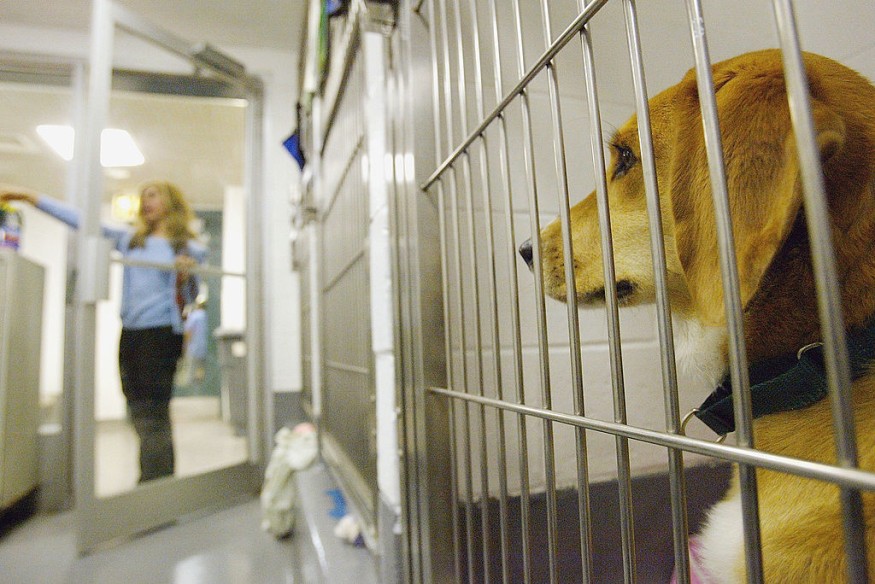
Animal shelters in the United States are overwhelmed with stray or owner-surrendered pets this year, contributing to an increase in post-pandemic euthanasia rates across the country.
According to Shelter Animals Count database (SAC), about 51,000 dogs were killed from January to July 2023, a 37% rise from the same period in 2022.
This is also the third year that euthanasia rates are high.
Euthanasia in different state
Animal shelters in several states across the country are in crisis due to the increasing number of pet surrenders.
The number of dogs and cats euthanized at Denver Animal Shelter is increasing as more pets and strays are abandoned there.
The shelter has already euthanized 866 dogs and cats this year, the most in at least five years.
Simultaneously, the number of cats and dogs surrendered is increasing.
A total of 1,184 dogs and cats had been surrendered by their owners this year, compared to 1,129 for the entire year of 2022.
In an effort to adopt a "proactive approach" to pets being surrendered, Denver Animal Shelter has hired the department's first social worker.
The social worker will target underserved regions and provide free pet resources such as transportation to vet appointments.
In San Antonio, 4,393 animals have already been euthanized this fiscal year, considerably exceeding last year's total of 2,956 dogs and cats.
Stray animals
According to Shelter Animals Count, in 2020, when people were adopting shelter animals at unprecedented rates, 2 percent more animals left shelters than came in over the course of the year.
In 2021, however, the figure reversed, with 2% more animals entering shelters than leaving, either as strays or surrendered by their owners.
The situation increased in 2022, with 4% more animals entering shelters than leaving. Although it may not appear to be much, each percentage point equates to tens of thousands of animals.
The group said, the population gap will increase to 5% by the end of 2023.
Many of the animals entering shelters right now are strays. While owner surrender rates have decreased in recent years, stray intakes increased by 8% from January to June 2023 compared to the same period in 2022.
A possible theory is that some of these stray animals are actually owner surrenders disguised as strays.
Due to COVID-19 security measures, several animal shelters stopped allowing people to stroll in and surrender their animals in 2020, instead forcing them to make an appointment - a practice that many shelters have maintained.
Many shelters now have extensive waitlists for surrender appointments due to strong demand. The increase in strays could simply be people attempting to avoid surrender by stating they spotted a stray animal or they may simply discard them on the street.
"The same [economic] trends that affect people always affect animals," said Stephanie Filer, executive director of Shelter Animals Count, referring to high inflation and the national housing crisis that has led to a rise in eviction rates and homelessness in recent years.
Related Article : More COVID Dogs Surrendered To Animal Shelters In Canada
Related Video:
© 2025 NatureWorldNews.com All rights reserved. Do not reproduce without permission.





